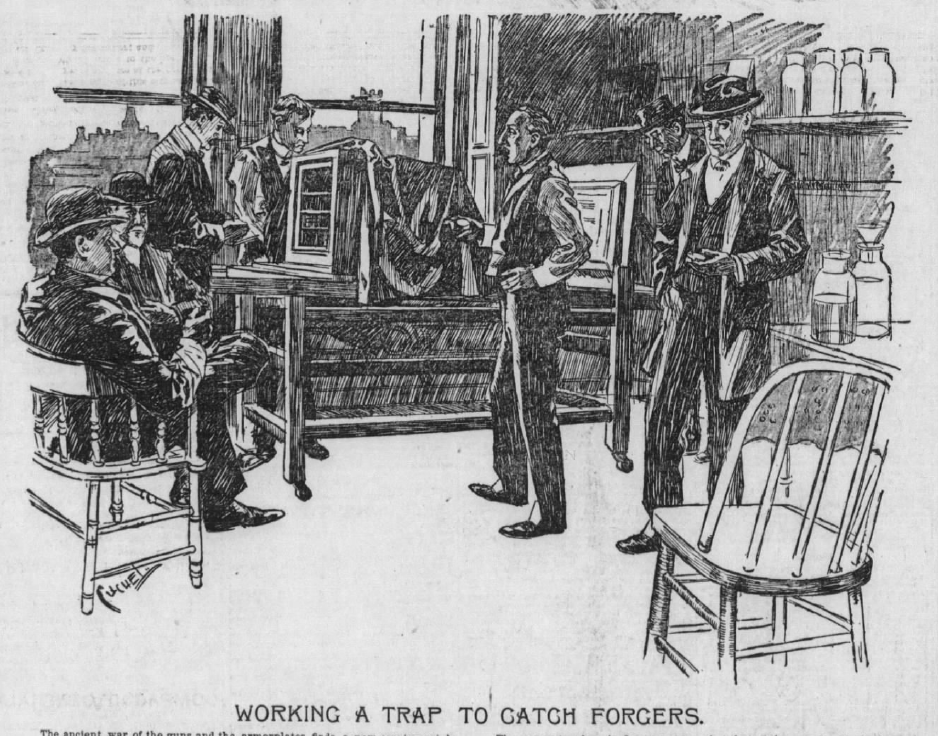Summer Research Dispatch: Tory Jeffay on Photographic Evidence & Police Body Cameras

Each year, the Berkeley Center for New Media is thrilled to offer summer research awards to support our graduates in their cutting edge work. Below, Tory Jeffay describes how she used the funds to present work on body police body cameras and research photographic evidence in court.
My summer research was divided into two distinct parts. In the first part, I presented work on police body cameras at two summer seminars. The first, the Surveillance Studies Summer Seminar in Kingston, Ontario, centered on the theme of Smart Surveillance. I had the opportunity to meet and learn from an international cohort of graduate students working on issues of surveillance across the social sciences and humanities. I found the program most valuable in helping me understand how my work could fit into a surveillance studies disciplinary field, and for connecting me to potential future collaborators.
The Princeton-Weimar Summer School in Media Studies right after featured a similar format with a very different focus and cast of characters. In line with the theme of algorithmic cultural techniques, I reconsidered my work to look at the idea of witnessing. Besides offering the opportunity to present and receive feedback, the program featured seminars from senior scholars and visiting artists affiliated with the institute.
The work that I presented at the two seminars argues that the beep of an Axon police body camera is a device that facilitates future smart surveillance. By delegating the moral weight of bearing witness to algorithmic operation, it replaces the act of eye-witnessing with a different set of techniques—synchronization and watermarking. I show how although body cameras are a new technology, they use these decidedly premodern techniques to strengthen their status as what are provocatively called “silent witnesses.”
My interest in the histories of new media segues to the second part of my summer, in which I’ve been continuing to research the origins of photographic evidence in court. I carried out archival work at the Bancroft library, the San Francisco History Center, the California Academy of Sciences, and the Society of California Pioneers. Next week I’ll finish up at the California State Archives and California State Library in Sacramento. While I initially intended to expand my research out to New York, the sheer quantity of relevant material I’ve uncovered here encouraged me maintain my local focus for now. One thing I was most excited to learn about was the connection of the San Francisco Microscopical Society to the court cases I’ve been looking at. The existing papers of the society preserved at California Academy of Sciences and Bancroft have proved exceptionally helpful. My research this summer has led me to consider focusing my dissertation geographically on California as a site of technical innovation in policing and forensics. The Bay Area was the home of one of the country’s first rogues’ galleries, of August Vollmer’s progressive policing school at Berkeley, and now of course Silicon Valley is a site of much of the new technological innovations in policing.
The support of BCNM gave me the valuable opportunity this summer to both share my existing work and make progress towards my future dissertation project. For that I am most grateful!
